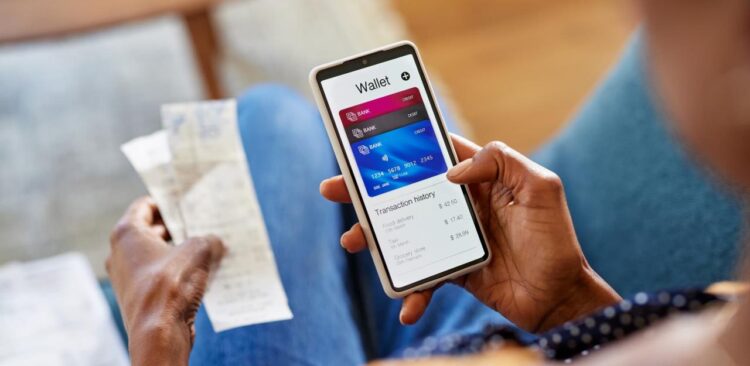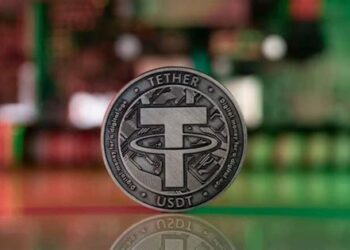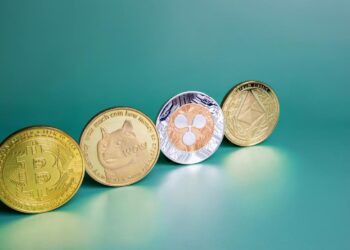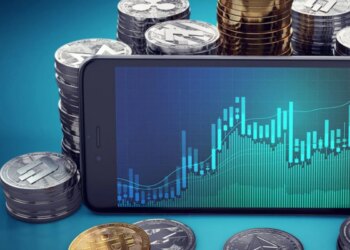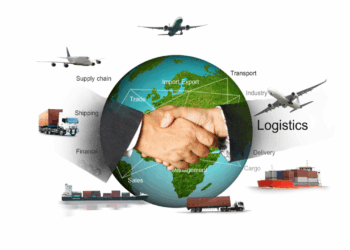The way we pay for goods and services is undergoing a radical transformation, moving at a blistering pace from physical wallets to digital ones. Mobile payments, once a novelty, have now evolved into a central pillar of the global economy, fundamentally reshaping how consumers and businesses interact. This is more than just a matter of convenience; it’s a digital revolution driven by a convergence of powerful technologies, shifting consumer behaviors, and the relentless pursuit of a seamless, secure, and integrated commerce experience. The future of mobile payments is a landscape where your smartphone is not just a communication device but the single key to your financial life. This article will provide an in-depth look at the forces driving this change, explore the cutting-edge innovations that are defining the future, and address the critical challenges of security, privacy, and financial inclusion in this new era.
For decades, cash and credit cards were the undisputed kings of commerce. The process was slow, often manual, and fraught with friction. Mobile payments, by contrast, are frictionless, instantaneous, and increasingly integrated into every aspect of our lives. This shift is not merely about digitizing the old system; it’s about building an entirely new ecosystem. A single tap, a biometric scan, or a simple QR code can now initiate a transaction that is more secure, more transparent, and far more efficient than its traditional counterpart. As this technology becomes more ubiquitous, it’s not just changing how we pay; it’s changing how we shop, how we bank, and how we manage our money, creating a future where the lines between the physical and digital world of commerce are completely blurred.
The Key Drivers of the Mobile Payment Revolution
The rapid adoption of mobile payments is not a happy accident; it’s the result of a powerful set of trends and consumer demands that have come to a head in the 21st century.
- A. The Ubiquity of Smartphones: The most obvious driver is the fact that smartphones are now nearly a universal tool. For billions of people, a smartphone is their primary device for everything from communication to entertainment. It’s a natural and logical extension for this device to also become their primary payment tool, eliminating the need to carry a wallet full of cash and cards.
- B. The Demand for Convenience and Speed: Modern consumers live in a fast-paced, on-demand world. They expect transactions to be instantaneous, whether they’re ordering a coffee, hailing a ride, or buying goods online. Mobile payment platforms deliver on this promise, reducing checkout times and creating a seamless, frictionless experience that is highly valued by consumers.
- C. The Search for Enhanced Security: While it may seem counterintuitive, mobile payments can be more secure than traditional credit card transactions. Technologies like tokenization and biometric authentication (e.g., fingerprint or facial recognition) make it far more difficult for a fraudster to steal and use your financial information. This increased security, coupled with instant fraud alerts, gives consumers greater peace of mind.
- D. The Power of Data and Personalization: Every mobile payment transaction generates valuable data. This data, when analyzed by artificial intelligence, allows businesses and payment providers to create highly personalized experiences, from tailored offers and loyalty rewards to customized spending insights. This level of personalization is impossible with traditional payment methods and is a key driver of customer engagement and loyalty.
The Cutting-Edge Technologies Reshaping Payments
The future of mobile payments is being built on a foundation of innovative technologies that are pushing the boundaries of what’s possible. These are the tools that are making payments smarter, faster, and more secure than ever before.
I. The Core Authentication Layer
- A. Biometric Authentication: Biometrics are the new password. Fingerprint scanning, facial recognition, and even voice and iris recognition are becoming the standard for verifying a user’s identity before a transaction. This not only makes the process faster but also significantly more secure, as a user’s biometric data is incredibly difficult to replicate.
- B. Tokenization: When you make a mobile payment, your actual card number is not transmitted. Instead, it is replaced with a single-use “token.” This token is meaningless to a fraudster if it is stolen, as it cannot be used for any other transaction. This technology is a critical layer of security that protects sensitive financial data from being exposed during a transaction.
- C. QR Codes and NFC Technology: QR codes have re-emerged as a powerful tool for mobile payments, especially in developing markets. They are cheap to implement and easy to use. Near-Field Communication (NFC) technology, which allows for contactless “tap-to-pay” transactions, is another key enabler, providing a fast and secure way to pay in a physical store without even taking your phone out of your pocket.
II. The Integrated Commerce Ecosystem
- A. Embedded Finance: The most significant trend in the future of mobile payments is the move towards embedded finance. This is when financial services are seamlessly integrated into non-financial applications. A ride-sharing app, for example, can embed a payment solution so that the fare is automatically deducted from your account at the end of the trip without you ever having to open a separate payment app. This frictionless integration makes the payment experience invisible.
- B. AI-Powered Fraud Detection: Artificial intelligence is a powerful tool for combating fraud. AI algorithms can analyze thousands of data points in real-time to spot unusual patterns of behavior that might indicate a fraudulent transaction. This allows the system to instantly flag or block a transaction before it is completed, protecting both the consumer and the business.
- C. Central Bank Digital Currencies (CBDCs): While still in their early stages, CBDCs have the potential to fundamentally change the mobile payment landscape. A CBDC is a digital form of a country’s fiat currency, issued and backed by its central bank. This could provide a new, highly secure, and efficient rail for mobile payments, and it would give governments greater control and transparency over the digital money supply.
- D. Blockchain Technology: Blockchain technology is being explored to create a new, decentralized infrastructure for mobile payments. This could enable faster, cheaper, and more transparent cross-border payments, eliminating the need for intermediaries and reducing the cost of international commerce. It could also be used to create decentralized payment networks that are resistant to censorship and government control.

The Road Ahead: Challenges and Opportunities
Despite the rapid progress, the future of mobile payments is not without its challenges. The industry must navigate issues of security, privacy, and financial inclusion to achieve its full potential.
- A. The Challenge of Interoperability: The current mobile payment landscape is fragmented, with many different platforms and technologies competing for market share. This can create a confusing and inconsistent experience for both consumers and businesses. The industry needs to work toward greater interoperability and standardization to create a truly seamless, global payment system.
- B. The Need for Enhanced Security and Privacy: As more financial data moves online, the risk of data breaches and cyberattacks grows exponentially. The industry must continue to invest in state-of-the-art security protocols and be transparent about how it collects and uses customer data. A loss of trust in the system could be devastating for the entire industry.
- C. Addressing the Digital Divide: While mobile payments are highly inclusive in some parts of the world, a significant portion of the global population still lacks access to a smartphone or a stable internet connection. The industry must find ways to bridge this digital divide and ensure that mobile payments are not just a tool for the privileged but a force for financial inclusion worldwide.
- D. Regulatory Scrutiny: As mobile payments become a central part of the financial system, they are attracting the attention of regulators worldwide. Governments are concerned about issues like money laundering, consumer protection, and the potential for monopolistic behavior. The industry must work with regulators to create a clear, fair, and effective legal framework that fosters innovation while protecting the public.
Conclusion: A New Chapter in Commerce
The future of mobile payments is a future of integrated, invisible commerce. Your phone will not just be a way to pay; it will be an intelligent financial assistant that anticipates your needs, protects your assets, and simplifies your life. The revolution is already here, and it is reshaping every corner of the global economy. By embracing new technologies, fostering greater collaboration, and prioritizing security and inclusion, the mobile payments industry can fulfill its promise of creating a more efficient, equitable, and intelligent financial system for everyone.


